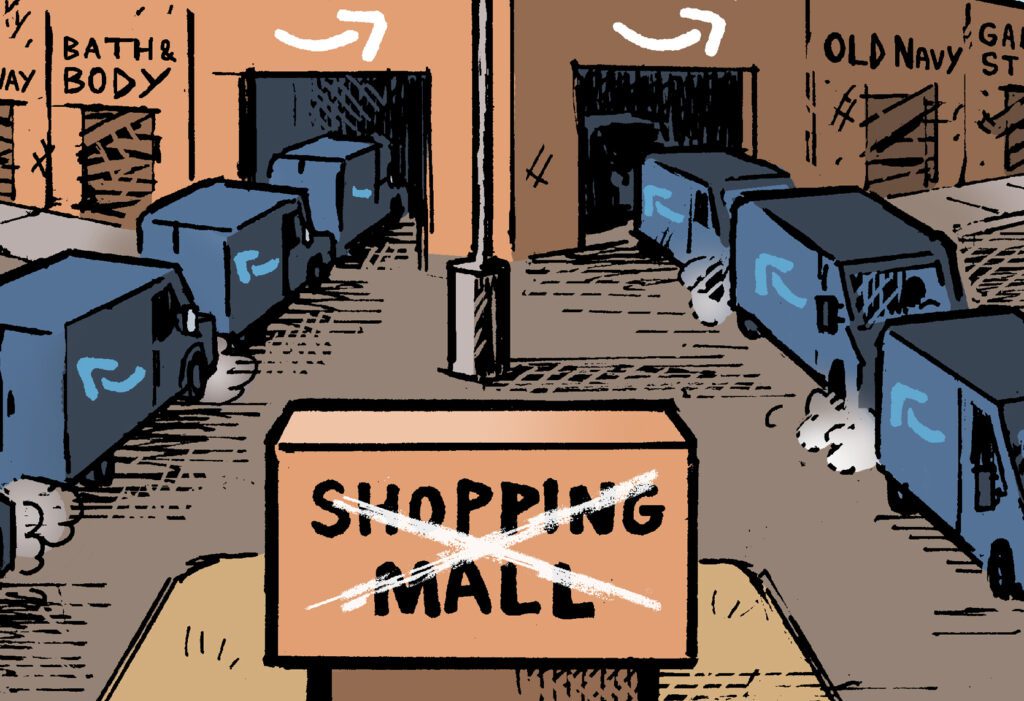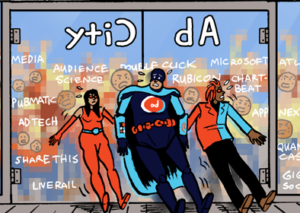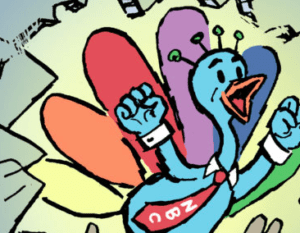The retail media agency consolidation trend is still going with the announcement on Tuesday that indie shop Acadia has acquired fellow ecommerce marketplace ad agency Crush.
Terms of the deal were not disclosed.
Crush has an unorthodox business model among ecommerce agencies, since it takes a relatively small fee or retainer plus a negotiated percent of sales or growth generated by the agency.
“We are in an industry where clients always call agencies a cost center and they’re never happy with the fee they’re paying,” Acadia CEO Jared Belsky told AdExchanger. Crush flips that notion by earning revenue only when the client tangibly grows its business, he said.
But don’t most clients prefer to pay a set fee or controlled cost rather than give up a percent of their potential future growth in perpetuity (or at least as long as they remain a client)?
Some marketers and founders might feel that way, said Crush Founder and CEO Matt Rosenfeld, but the pitch is actually about incentives.
Agencies are incentivized to spend client budgets because that’s how they earn more and how individual agency execs on those accounts succeed (and get bonuses). For Crush, he said, there is no incentive to spend on media that isn’t contributing to sales growth.
Also, Rosenfeld noted that Crush takes a capped percent of sales growth, so if a company goes viral or takes off in a big way, Crush doesn’t get an endless cut of all that ecommerce growth.
Challenger mentality
While Acadia will maintain its more standard agency model, Belsky said it will learn from Crush and begin pitching more accounts as a percent of sales or new growth.
The approach is also a fit for the type of brands and merchants best suited as clients for the two agencies.
For one, “the path to growth on Amazon and marketplaces is no longer directly correlated to how much we spend,” as Rosenfeld put it.
The new breed of retail media agency often isn’t just buying media, but rather managing customer reviews, product feeds, pricing and fulfillment integrations.
Meanwhile, it tends to be “challenger” brands or ecommerce-native companies that best understand the role of agency services in managing that whole ecommerce operation, Belsky said, while others think of their agency as just a media buying vehicle.
Acadia and Crush boast brands including Puma, rather than Nike; David Protein Bars, not Kind bars; snack brand Takis, not Doritos.
“We turn down Fortune 500 brands because that’s not our thing,” Belsky said.
Come on. Would Acadia really say “no” if Coca-Cola or M&Ms came calling?
To be fair, Belsky said, there are plenty of legacy brands with the right challenger mentality. Gerber, for instance, is an Acadia client – and hardly a digital native brand. “Legacy brands who are willing to adopt a new playbook are also having new success,” he said.
For example, a mammoth brand will often put its entire product assortment on Amazon, which feels intuitive to do. But Acadia might work with that brand to shrink the number of products it carries on Amazon, sometimes from more than 1,000 to only a couple of hundred.
A gigantic conglomerate brand would “have to form a committee to form a subcommittee to get permission to not put their whole catalog on Amazon,” Belsky said.
The holdco holdout
Amazon aside, the major agencies are also inadvertently helping startup players like Acadia and Crush, according to Belsky.
Holdcos have made major headline-grabbing deals, such as the acquisitions of Mars United by Publicis late last year and Omnicom snapping up Flywheel in 2023.
But those acquisitions tend to force the acquired ecommerce agency to fit into a new or mismatched culture, he said. Over time, the client is often slowly and subtly (or not so subtly) diverted to using more of the parent holdco agency’s services or the agency’s preferred vendors, which the brand would not necessarily have chosen.
“You’re not playing procurement games or principal-based buying games,” Belsky said.
The CEOs and founders of Acadia and Crush are directly involved in the agency’s work, and their advertisers are able to change their creative or DSP strategy or shift retail media budgets more quickly than a big brand working within a huge holdco, he said.
“We see brands that you know and love, household names, that are just tired of the lack of expertise that exists at the holding companies, and they’re dying for something different,” Belsky said. “We’re hoping to build it.”

















